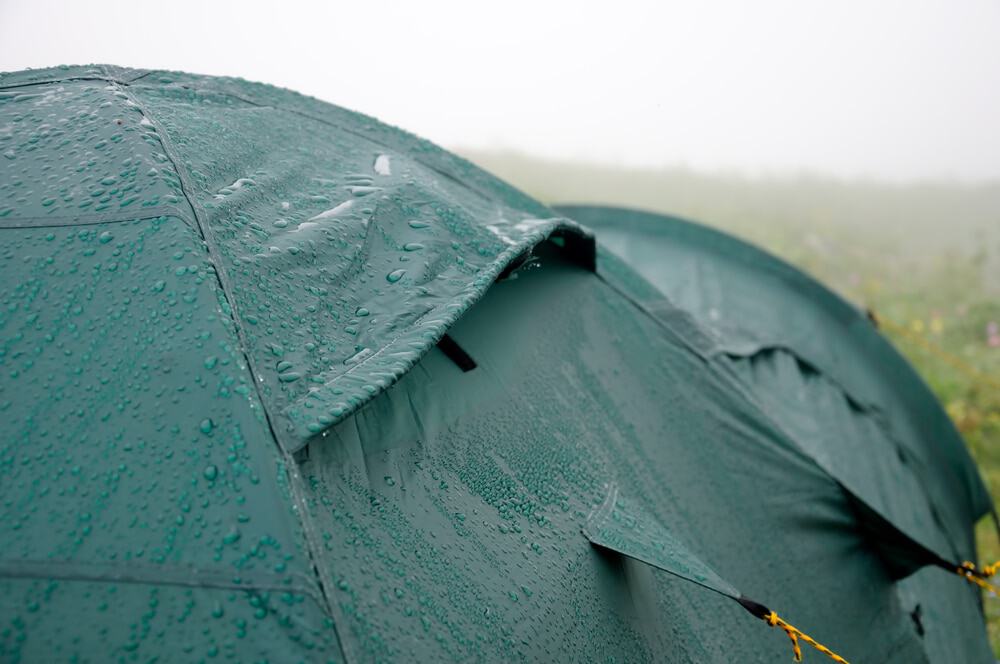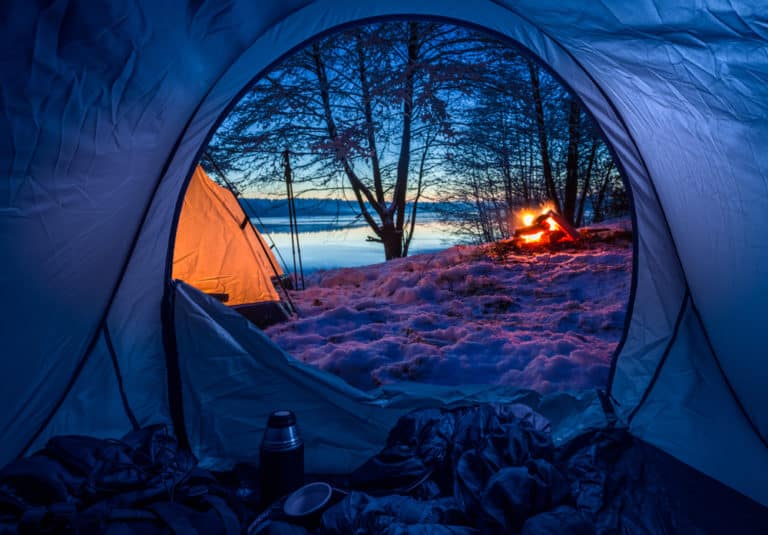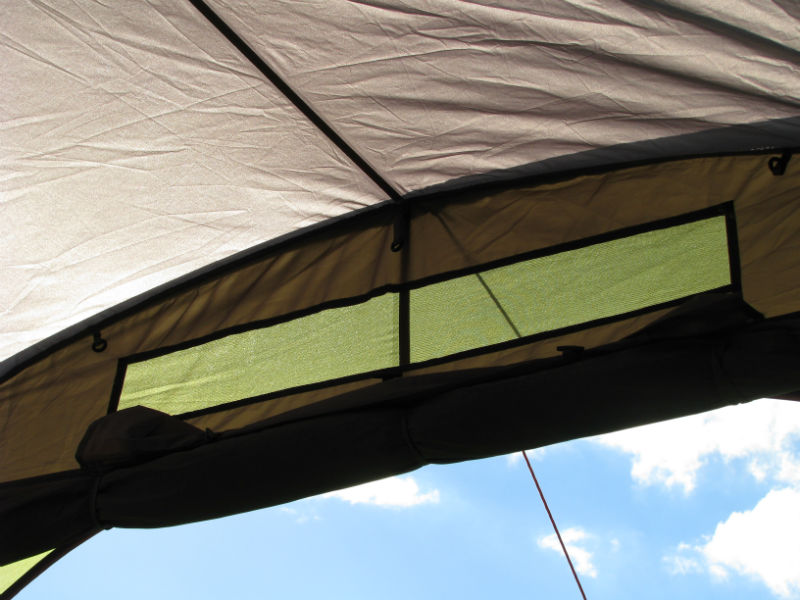I. Introduction
Camping is a popular outdoor activity enjoyed by people of all ages. It allows individuals to disconnect from the hectic pace of daily life and immerse themselves in nature. However, one of the challenges that campers often face is tent condensation. Condensation is the process of water vapor turning into liquid on a surface, and in the context of camping, it refers to the moisture buildup inside the tent. This moisture can be quite bothersome as it can lead to a damp and uncomfortable environment, affecting the overall camping experience. Therefore, it is essential to address and manage tent condensation to ensure a comfortable and enjoyable camping trip.
II. Understanding Tent Condensation
A. Definition and causes of tent condensation
Tent condensation occurs when the warm air inside the tent comes into contact with the cooler tent walls or the external environment, causing the water vapor to condense into liquid. There are several factors that contribute to condensation buildup in tents. Firstly, the temperature differential between the inside and outside of the tent plays a significant role. When the temperature inside the tent is higher than that outside, condensation is more likely to occur. Additionally, the humidity levels both inside and outside the tent can affect condensation. Higher humidity levels increase the chances of condensation, especially when combined with a temperature differential. Another crucial factor is ventilation. Insufficient airflow inside the tent can trap moisture and contribute to condensation.
B. Differentiating between internal and external condensation

There are two types of tent condensation: internal and external. Internal condensation occurs when the moisture from the occupants’ breath, sweat, or damp gear accumulates inside the tent. This type of condensation is most common during colder temperatures when the warm air inside meets the cooler tent walls. External condensation, on the other hand, occurs when the dew point outside the tent is reached, causing water vapor from the air to condense onto the tent walls or rainfly. External condensation is more likely to happen during humid weather or when the temperatures drop significantly at night.
C. Factors that contribute to condensation buildup
Several factors can contribute to the buildup of condensation in tents. Firstly, proper site selection is essential. Camping in areas with high humidity, near bodies of water, or in valleys where cold air settles can increase the likelihood of condensation. Additionally, the design and materials of the tent itself play a role. A poorly designed tent with insufficient ventilation or made from less breathable fabrics can promote condensation. The number of occupants and their activities inside the tent also contribute to condensation. Larger groups and activities that generate more heat and moisture, such as cooking, can increase condensation levels. Lastly, the weather conditions, including temperature, humidity, and precipitation, also impact condensation buildup.

III. Tips to Reduce Tent Condensation
A. Proper Campsite Selection
- Choosing a well-ventilated location: Look for campsites with good airflow, preferably on higher ground or in areas with natural breezes. Avoid pitching your tent in low-lying areas where cool air can settle and increase condensation.
- Avoiding areas with poor airflow: Steer clear of densely wooded areas or locations surrounded by dense shrubbery, as these can limit air circulation and trap moisture.
B. Tent Setup and Ventilation
- Ensuring adequate airflow through vents and windows: When setting up your tent, make sure all vents, windows, and mesh panels are open and unobstructed. This allows for proper air circulation and helps prevent condensation buildup.
- Utilizing additional ventilation options: Consider tents with multiple vents or those that allow for adjustments to the rainfly. Opening up additional mesh panels or adjusting the fly can enhance airflow and reduce condensation.
C. Managing Internal Moisture and Humidity
- Minimizing wet gear and damp clothing inside the tent: Keep wet gear and damp clothing outside or store them in a vestibule or separate area within the tent. This helps prevent moisture from evaporating and contributing to condensation.
- Using absorbent materials or moisture-wicking solutions: Place absorbent materials like towels or moisture-absorbing packets in areas prone to condensation, such as the tent corners or near sleeping bags. Using moisture-wicking solutions on sleeping bag liners or clothing can also help manage condensation.
- Utilizing dehumidifiers or desiccant packs if needed: In extreme cases, consider using portable dehumidifiers or desiccant packs specifically designed for tent use. These can help remove excess moisture from the air inside the tent.
D. Proper Rainfly and Tent Configuration

- Positioning the rainfly correctly for optimal protection: Ensure that the rainfly is properly attached and covers the tent fully. Adjust it to provide adequate protection from rain while allowing for airflow, preventing condensation buildup between the tent body and rainfly.
- Adjusting tent doors and windows based on weather conditions: During dry weather, leaving tent doors and windows partially open can encourage airflow and reduce condensation. However, during rainy or windy conditions, it’s important to close them to prevent moisture from entering the tent.
E. Tent Maintenance and Care
- Regularly cleaning and drying the tent to prevent moisture buildup: After each camping trip, clean and dry the tent thoroughly before storing it. This helps prevent the growth of mold and mildew, which can contribute to condensation issues in the future.
- Seam sealing and waterproofing to enhance the tent’s resistance to condensation: Ensure that all tent seams are sealed properly and consider applying a waterproofing treatment to the tent fabric. This helps enhance the tent’s ability to repel water and reduce condensation buildup.
IV. Dealing with Tent Condensation during Extended Trips

A. Tips for managing condensation in multi-day camping situations:
- Regularly airing out the tent: Take advantage of dry periods or breaks in the weather to open up the tent and allow fresh air to circulate, reducing moisture buildup.
- Drying wet gear outside: If possible, hang wet gear or clothing outside the tent during the day to dry, rather than keeping them inside.
B. Strategies for drying out the tent during prolonged wet weather conditions:
- Wiping down condensation: Use a towel or cloth to wipe away any condensation that has accumulated on the tent walls or ceiling. This can help prevent water droplets from falling onto your gear or sleeping area.
- Utilizing portable heaters or warm air: If electricity is available, using portable heaters or warm air from a generator can help dry out the tent faster. However, exercise caution and ensure proper ventilation to prevent fire hazards.
V. Conclusion
In conclusion, tent condensation is a common issue that can dampen the camping experience. By following the tips provided in this article, such as proper campsite selection, tent setup and ventilation, managing internal moisture, and practicing tent maintenance, campers can significantly reduce condensation buildup and enjoy a drier and more comfortable camping trip. It’s essential to remain vigilant and adapt to changing weather conditions to effectively manage and minimize tent condensation. Remember, camping comfort is within reach with the right knowledge and preparation. Happy camping!

